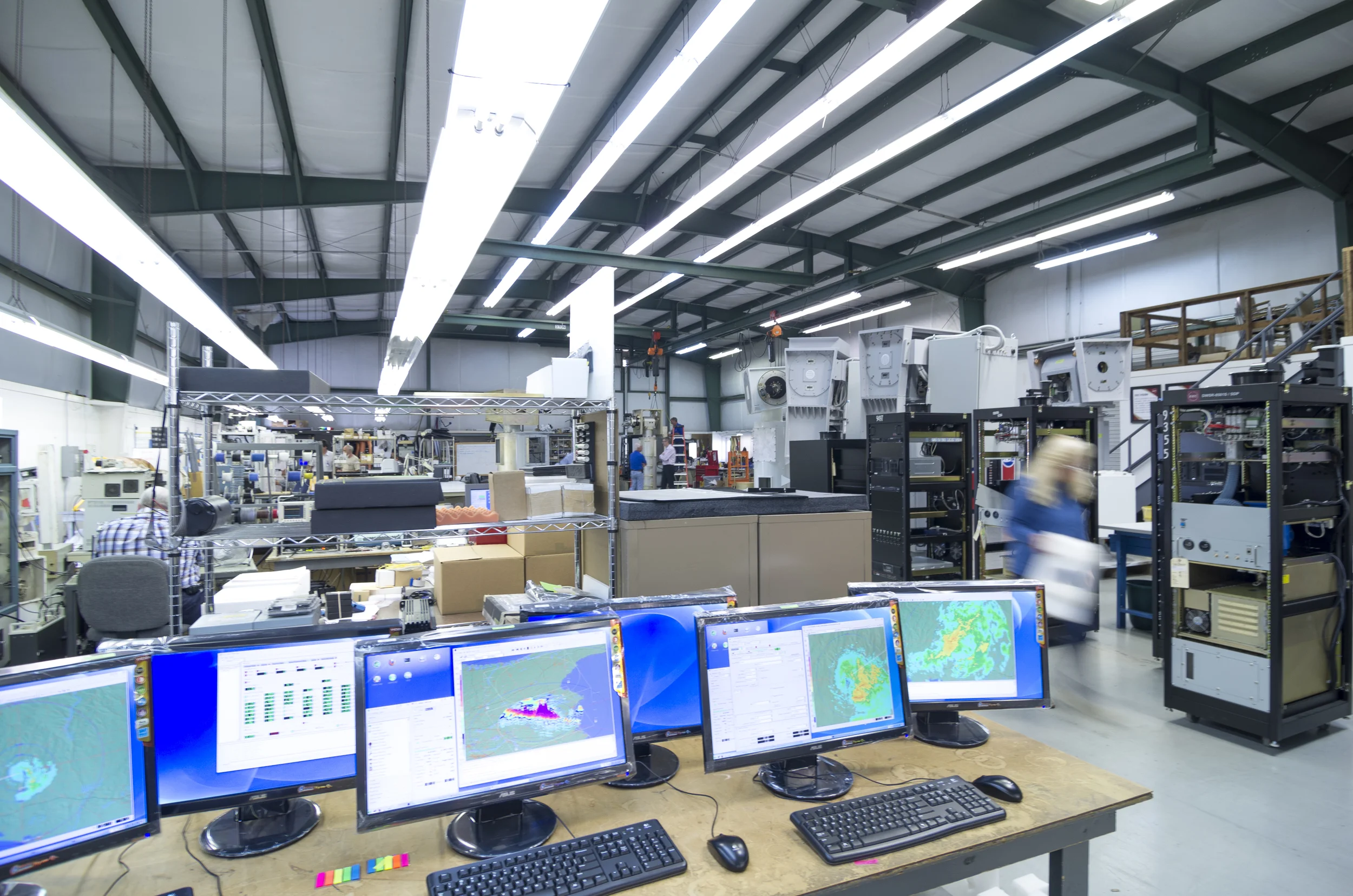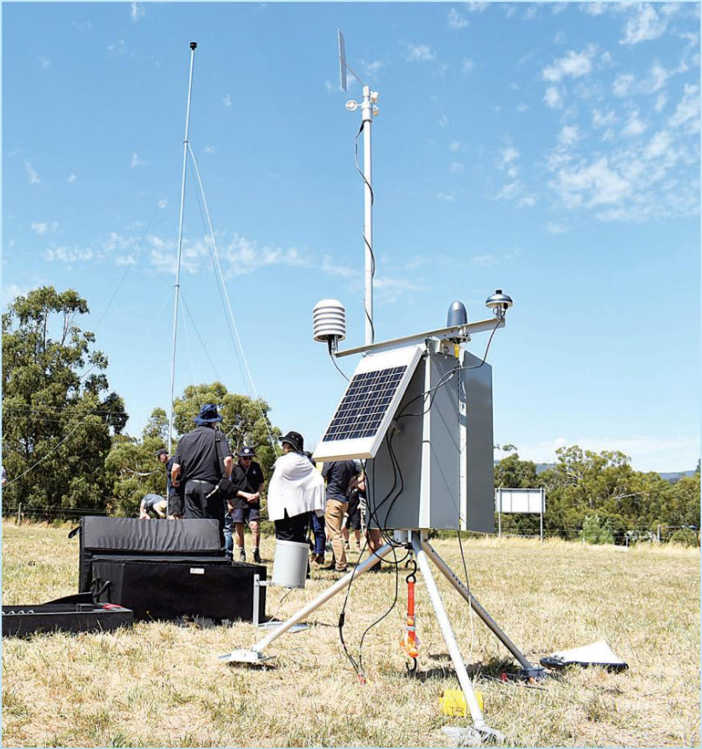ESS were welcomed warmly to the Gippsland CFA Brigade of Hazelwood North to train and guide the team on how to use their new Portable Automated Weather Systems (PAWS) and 10m wind speed and direction kit.
Weather Station is just PAWSome
Latrobe Valley Express
The PAWS is a compact, stand-alone solution to monitor fire weather behaviour and collect data on the surrounding microclimate. The PAWS is generally used during planned burns or deployed during an active fire. With a fast set up of 10 to 20 minutes, portability and various parameters including temperature/humidity, wind speed and direction, rain and more – the PAWS is a simple solution to more complex problems.
CFA Hazelwood are now filling in gaps in the national network of weather data by contributing information to the Bureau of Meteorology. ESS and the CFA team were able to get out in the field on February 14th 2022, and test the unit(s) which came in at a temperature of 31.8°C out in the blazing sun!
We look forward to working closely with CFA and other agencies to help them measure and report the local weather which is imperative in making crucial decisions for the community.
For inquiries regarding PAWS, please contact ESS Weathertech at sales@essweather.com.
CREDIT: Full article and photos by Alyssa Fritzlaff of the Latrobe Valley Express local newspaper; Volume 23/02/2022









